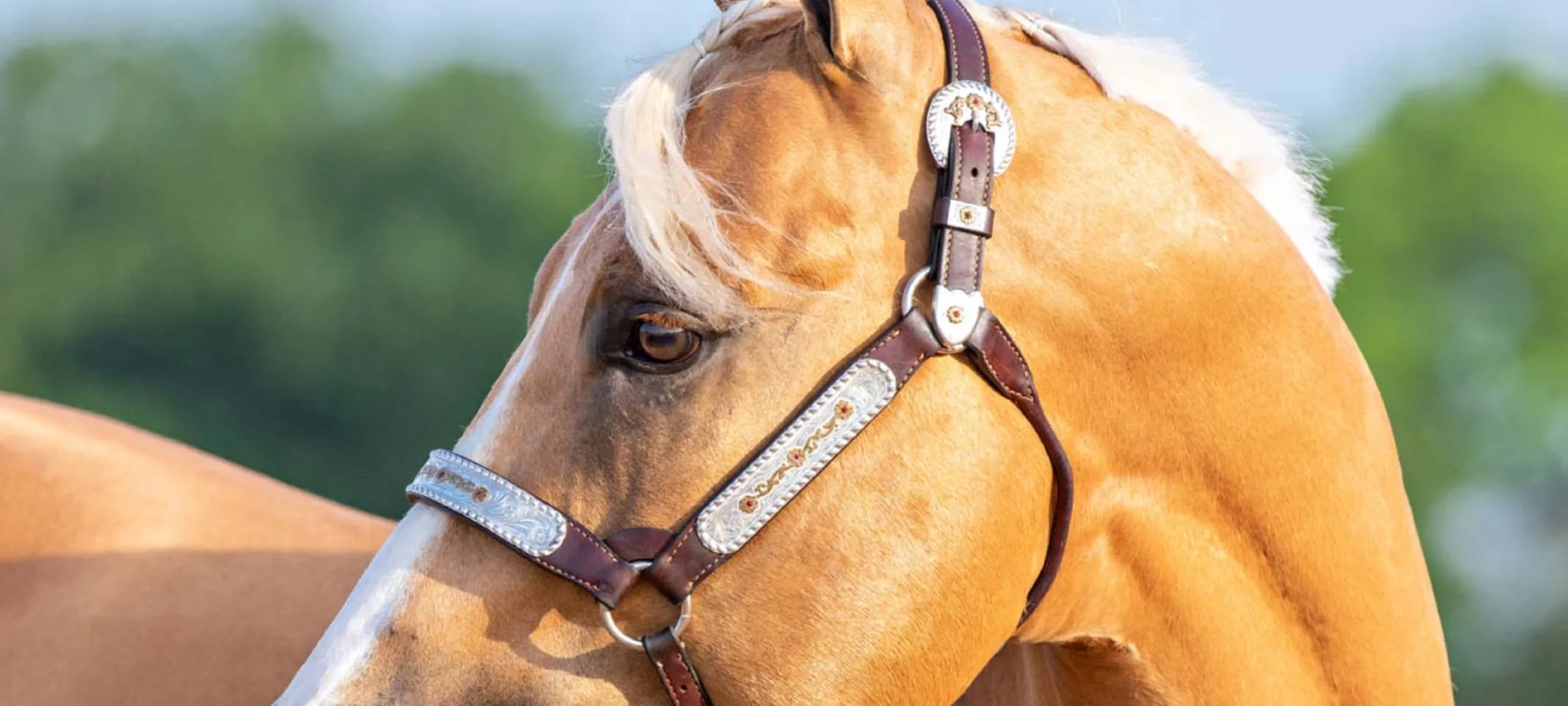Willow Springs Veterinary Clinic
Equine Imaging
Equine imaging is a very common type of procedure usually used for diagnostic purposes. If you’re a horse owner, there’s a chance your vet will recommend your horse for equine imaging at some point.

In this article, we’ll explore the different types of equine imaging and the most common tools used for the job. Equine imaging is often similar to diagnostic imaging in humans and other animals. Check out the information below to find out more.
What are the types of equine imaging?
This section lists a few of the most common types of equine imaging. These various methods of diagnostic imaging can be used for many different reasons, so your horse may require one or more of them.
Digital radiography: Digital radiography is the same thing as X-ray. Equine veterinarians use portable X-ray machines so they can travel to the horse and perform simple diagnostic procedures on the go. This type of imaging is good for determining problems related to a horse’s bones, but it may not help with other issues.
MRI: MRI is used to obtain a cross-section of the problem in three dimensions. This procedure gives veterinarians a very clear view of issues related to the bones, muscles, and soft tissues, and it can even be used to scan a horse’s brain. Horses can receive both low-field and high-field MRI.
CT scan: A CT scan is used to take a cross-section image of the problem area in a horse’s body. It is most commonly used to diagnose problems related to the spine or to the teeth and sinuses. It is safe for a CT scan to be performed on a horse’s head and face.
Ultrasound: Ultrasound is primarily used for prenatal checkups and health care. However, it can also be used for soft tissue injury diagnoses—commonly used to diagnose a lameness issue. This type of diagnostic procedure requires a skilled professional who won’t misread shadows on the ultrasound as an incorrect problem in the horse’s body.
Nuclear scintigraphy: This advanced technological diagnostic procedure can also be referred to as a bone scan. It helps equine veterinarians recognize and diagnose problems related to joint health or inflammation in a horse’s bones, and it is becoming a crucial method of diagnosis among equine veterinarians because of its accuracy.
Lameness location: This procedure gives veterinarians a chance to notice signs of lameness before they become too severe. They can recognize problems with a horse’s gait and then use other types of diagnostic procedures to further examine or monitor the area for changes that could lead to severe lameness over time.
What are the tools most commonly used in equine imaging?
This section explains the tools and equipment used to perform equine imaging. These tools may not all be present in the same location, so your horse may need to travel between different diagnostic locations for a complete procedure.
X-ray machine: An X-ray machine for horses is a portable device that hooks up to a laptop for quick, easy reading on the go. These produce high quality digital images.
MRI machine: MRI machines used for horses are almost the same as those used for humans and other animals. They may vary in size, however, from those used for household pets such as dogs or cats.
CT scan machine: CT scan machines are more open than MRIs, but they require the horse to lay down for the scan to be completed.
Ultrasound equipment: Ultrasound equipment is portable, like equine X-ray machines, and it involves a wand as well as a screen that shows the results of the ultrasound on it.
Gamma camera: Gamma cameras are high-tech pieces of medical equipment used by technicians who are experienced in performing nuclear scintigraphy. In this process, the veins of a horse are injected with radioactive dye and then scanned with the gamma camera to find any problems or concerning areas.
Lameness locator machine: This machine involves sensors that are placed on a horse’s body, specifically on the pastern, poll, and pelvis. The sensors pick up the horse’s head and neck position, pelvic position, limb movements, and overall stride. This is not as commonly used as the others on the list, but it is growing in popularity.
Now that you know a little bit more about equine imaging, you can talk to your veterinarian about whether or not it’s something your horse needs. Imaging is not a treatment, but it is a diagnostic tool that can help you and your veterinarian learn more about any health problems or conditions going on with your horse.
If your veterinarian does believe your horse requires one or more types of diagnostic imaging, you will be given all the information you need to choose how to proceed. Your veterinarian is a great source of assistance and referrals to diagnostic locations as well.
